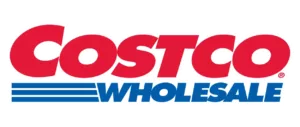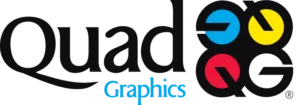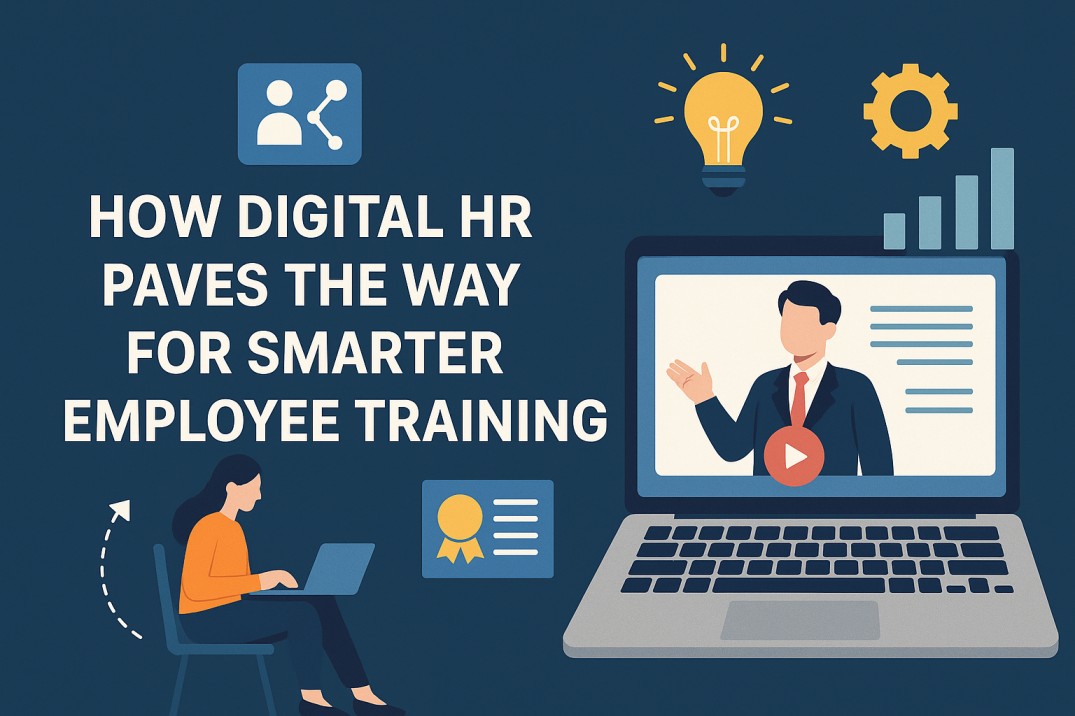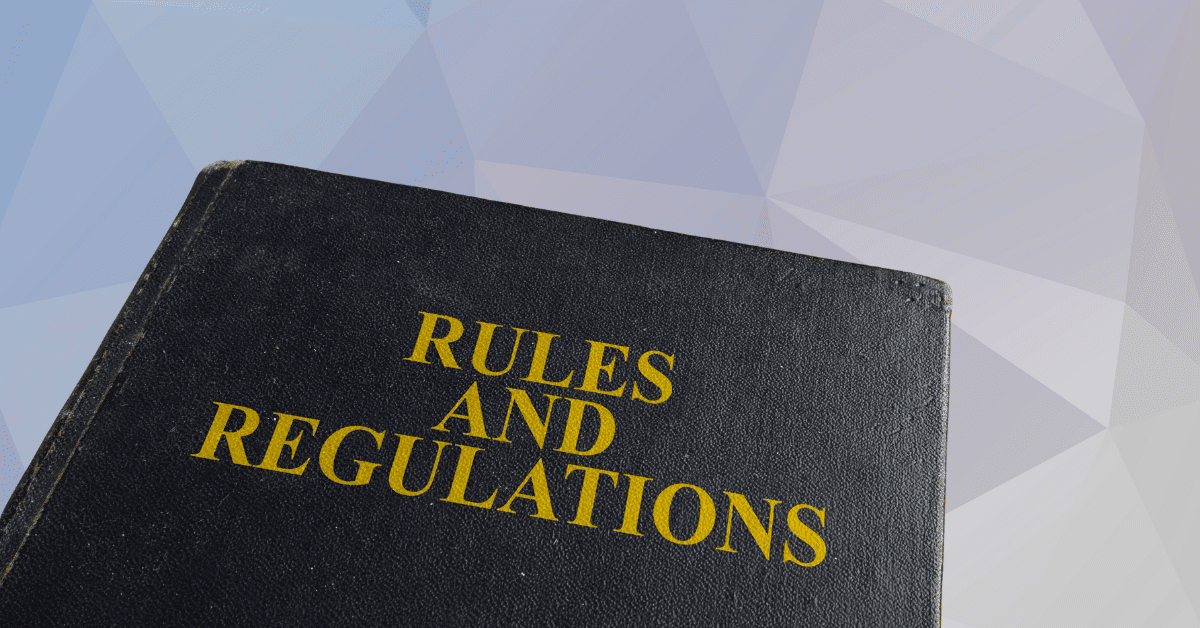
YouTube always knew that if viewers had to make their virtual way over to the web site, they were going to get a lot less traffic than if they made their learning content this flexible. YouTube videos can be found on MySpace, Facebook, etc.—places many people spend countless time perusing, and may rather browse than YouTube alone. Of course, when people want to browse through categorized learning content, the YouTube site is always available.

















